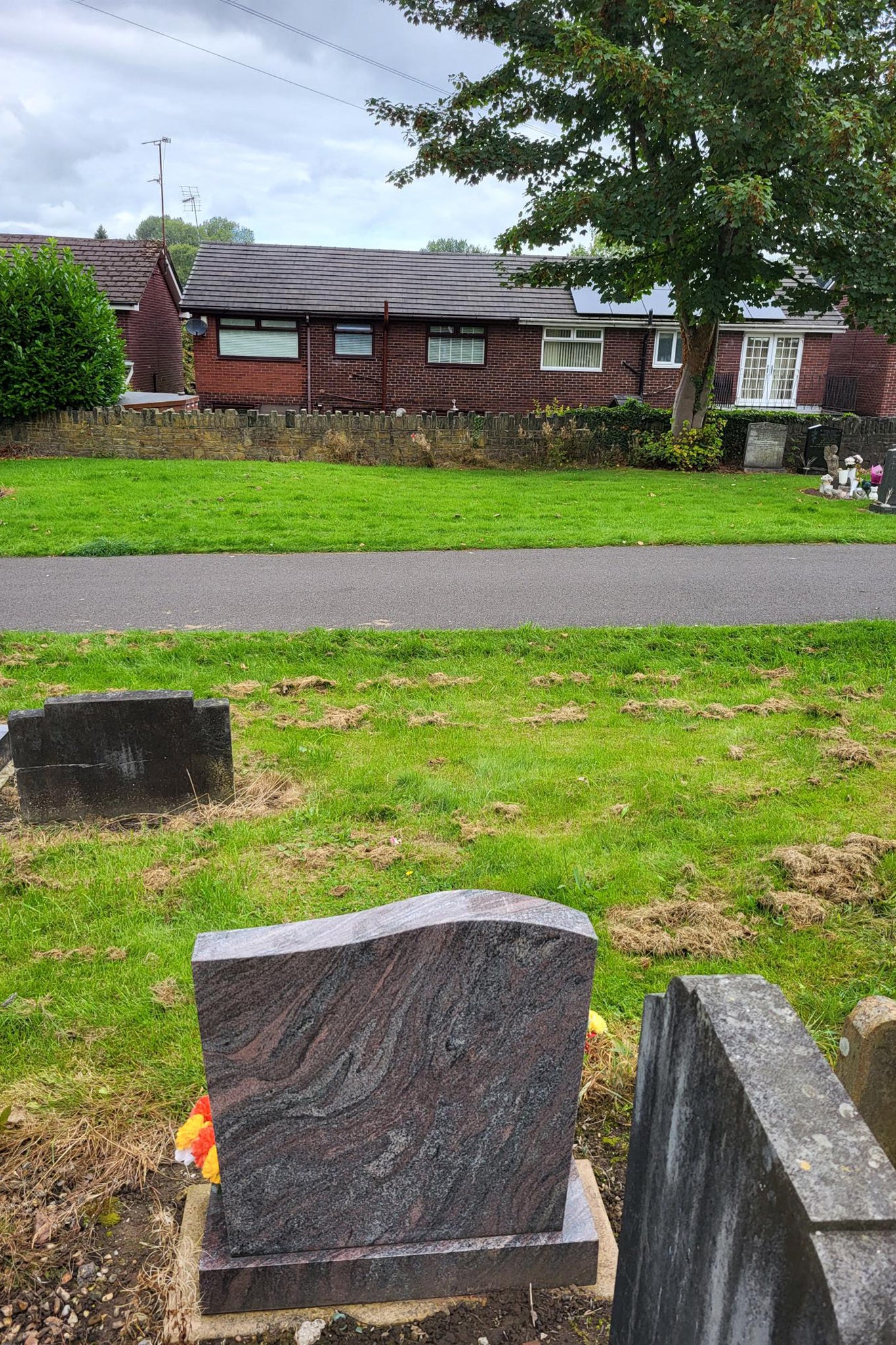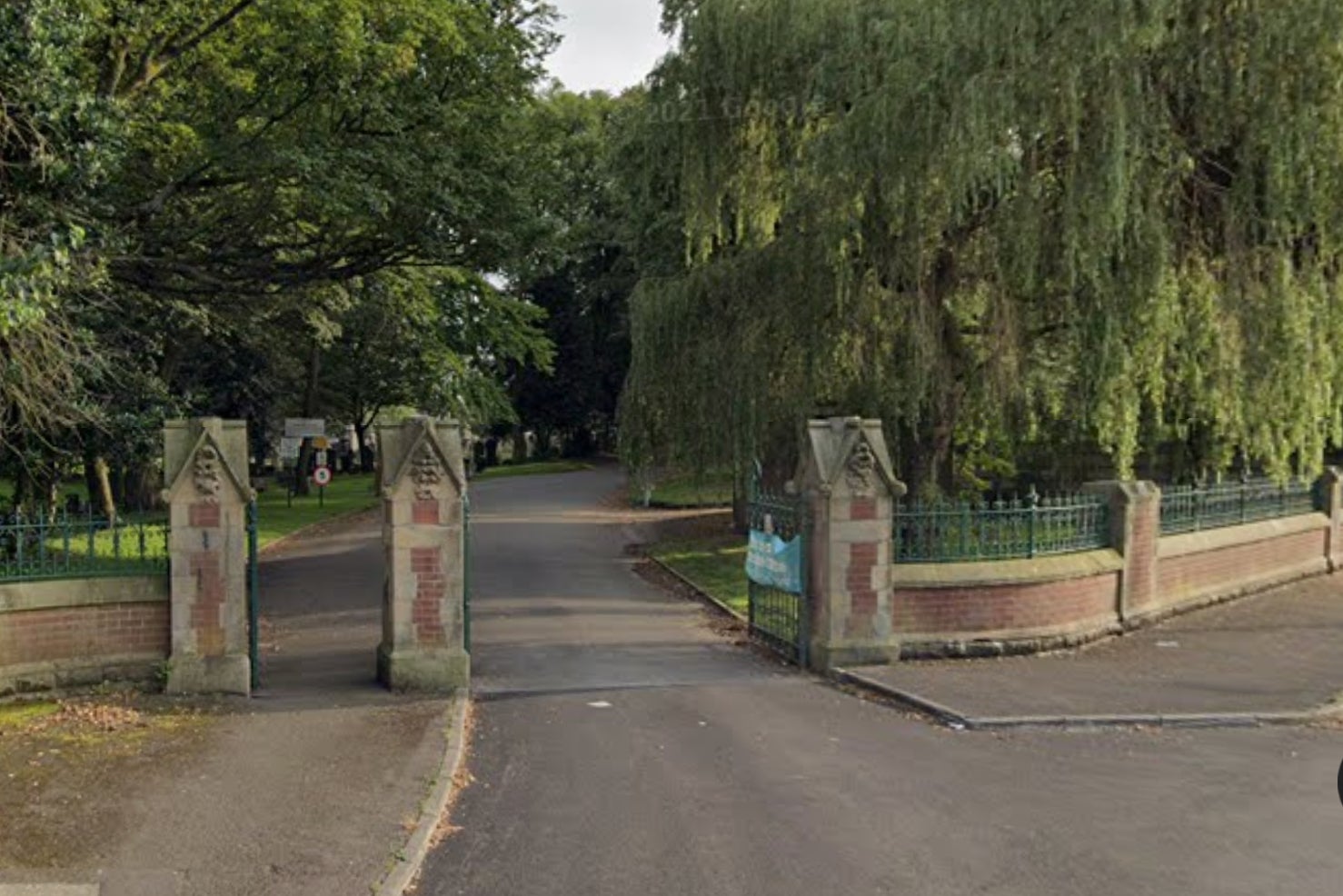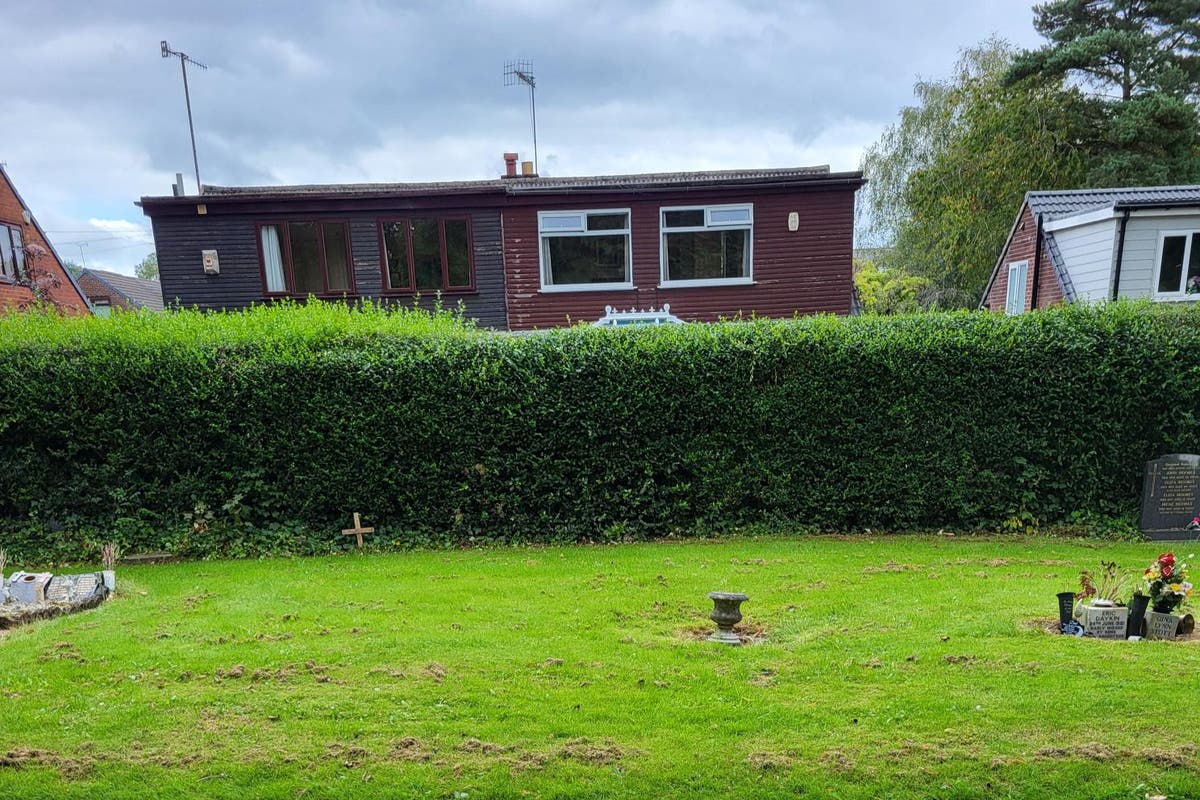A mass grave containing more than 300 bodies has been uncovered in an Oldham cemetery.
The majority of the bodies belonged to stillborn babies and children and were found in a 12x12ft grave in Royton Cemetery in the Greater Manchester town.
Local councillors said they were discovered by a woman looking for her twin brothers who died in 1962, with one stillborn and the other dying within five hours of birth.
Cllr Maggie Hurley said she was told to meet by the grave with a caretaker carrying a big gold ledger with the names of the deceased.
She has since found another four mass graves with hundreds more dead children. One in a Catholic area, another in a non-conformist area, and one in the Church of England section leaving the question how many other unnamed babies remain in unmarked graves across the country.
The unnamed woman looking for her brothers was told one of them was definitely in the first mass grave but “was not alone”. She is still looking for her other brother.
She was told they were probably “top and tailed them in the box” when they were buried in the 1960s.

Cllr Hurley told The Independent: “This is the biggest thing I have ever faced as a councillor. I’ve gone through every emotion from anger to hate – to absolute devastation.
“I couldn’t believe what I was hearing. There was a ‘glitch in the system’ as to why the records hadn’t been put up online. Hearing about what happened to these people is just harrowing.
“I went down with three sisters yesterday who had found their brother. They were told by their parents he was buried in a coffin with a ‘nice lady’. But he was in a mass grave with 303 others.
“There are no dividers between boxes they weren’t given coffins. They just butted up next to each other. When that level was filled there was a piece of wood put over the top a load of soil ready for the next level. All the way to the top. The last stillborn child that was put in the mass grave was in 1987.”
“They came yesterday to put flowers down, they were absolutely devastated. They said they haven’t been able to sleep or process what is happening.”
She said she had been contacted by “countless” families looking for their relatives since raising the issue and is asked for commemorative plaques to be put up.
In a statement, the Royton Independent councillors said: “It’s a stark injustice that parents were denied the fundamental right to bury their babies, a right that should be inherent and unquestionable. This situation should stir our collective sense of fairness and empathy.”
Further checks found the mass grave contained 303 bodies including 146 stillborn babies, 128 babies and young children and 29 adults.
They said the woman who found the grave was left “in tears” following the discovery and left her “feeling a profound sense of loss and injustice”.
“Imagine the shock and disbelief when our resident discovered that her brothers shared a mass grave with 303 others in Royton Cemetery,” they said, adding she needed emotional and practical help to cope with the trauma.
They added: “Only 147 names were online, and 156 names were missing; since we brought this to the attention of the staff at Hollinwood Cemetery, this has now been rectified, and all information for Royton Cemetery is up to date.”
The statement concluded: “We cannot change what has happened, but we can ensure that the babies born sleeping are named, recognised, and never forgotten.”

Arooj Shah, leader of Oldham Council, said councillors will “consider the suggestion being made” with a “matter of urgency”, adding the grave is not “newly discovered”.
“Sadly, the burying of people, including babies and children, in unmarked graves happened in graveyards all around the country years ago,” Cllr Shah added.
“Thankfully, things have changed and improved over the years. The government now pay for the funerals of stillborn babies and anyone up to the age of 18 if necessary. Public graves are no longer used.
“The council cemeteries staff also works with the funeral director and carry out the expressed wishes. The hospital and ourselves keep records of the burial, which can be located by families whenever they want.
“Alternatively, the family can make their own arrangements for burial in an individual grave plot via a funeral director and would install their own memorial.”
According to stillbirth and neonatal death charity Sands, parents of stillborn babies and those who died in childbirth were not traditionally consulted about funeral arrangements until the mid-1980s.
“Before then, parents were not usually involved and many were not told what happened to their baby’s body,” the charity said.
In many cases, it added, stillborn babies were buried in a shared grave with other babies.
“Some parents who have tried to trace the grave or cremation record of a baby who died some time ago have been successful,” the charity said.
Sands exists to reduce the number of babies dying and to ensure that anyone affected by the death of a baby receives the best possible care and support for as long as they need it, wherever they are in the UK. Call 0808 164 3332 or email [email protected] for more information or support.








